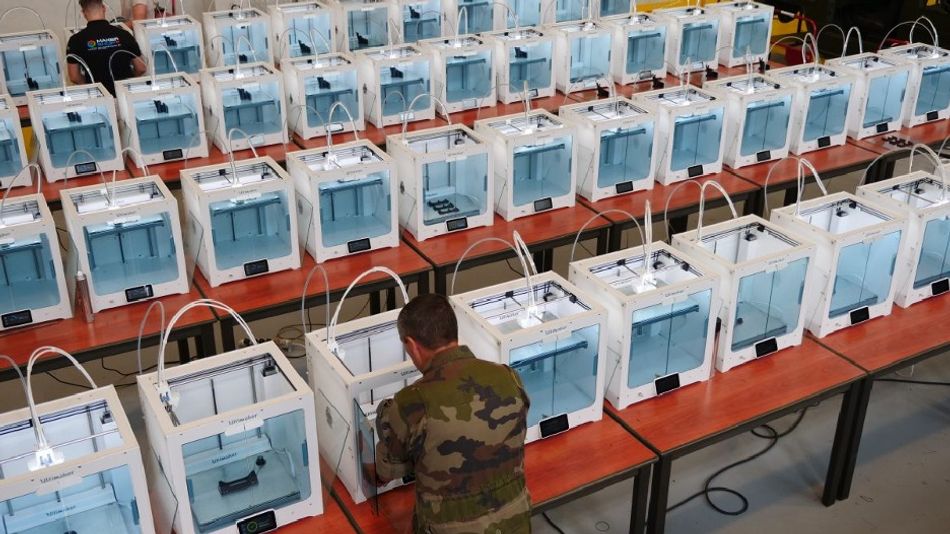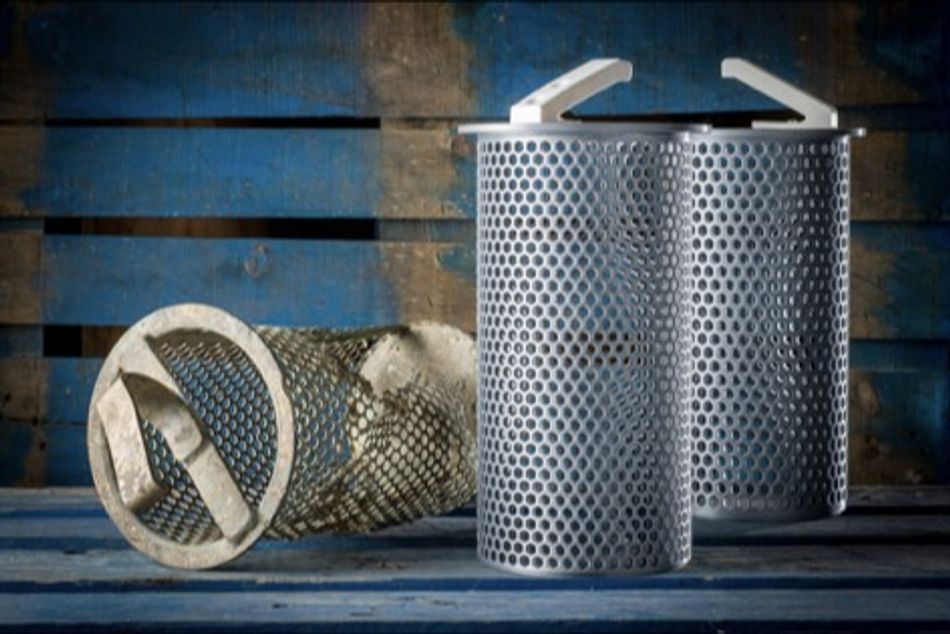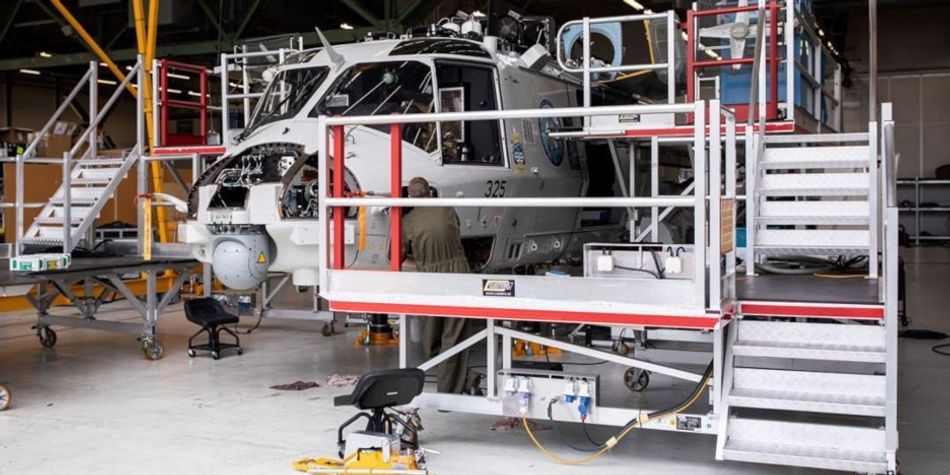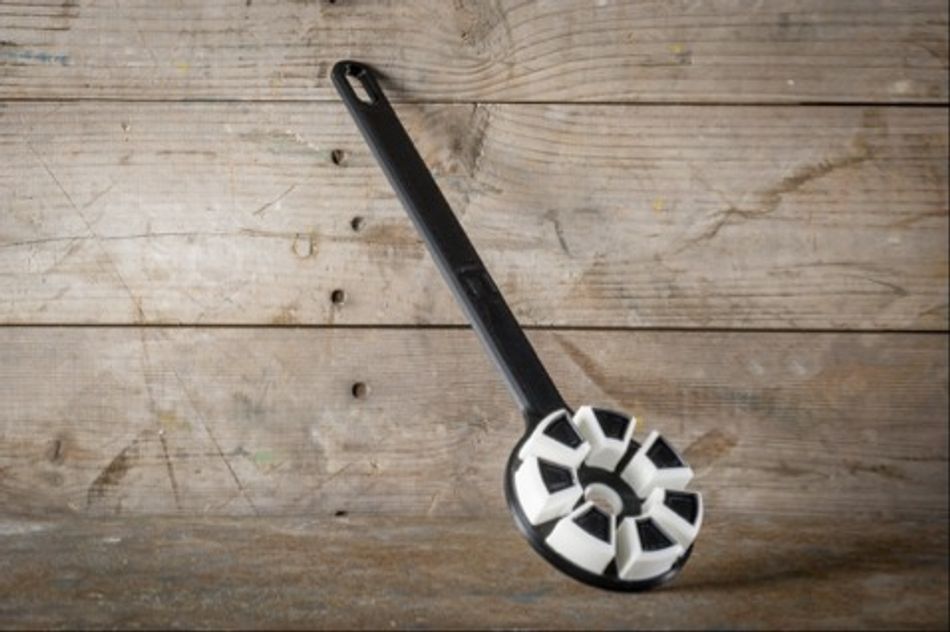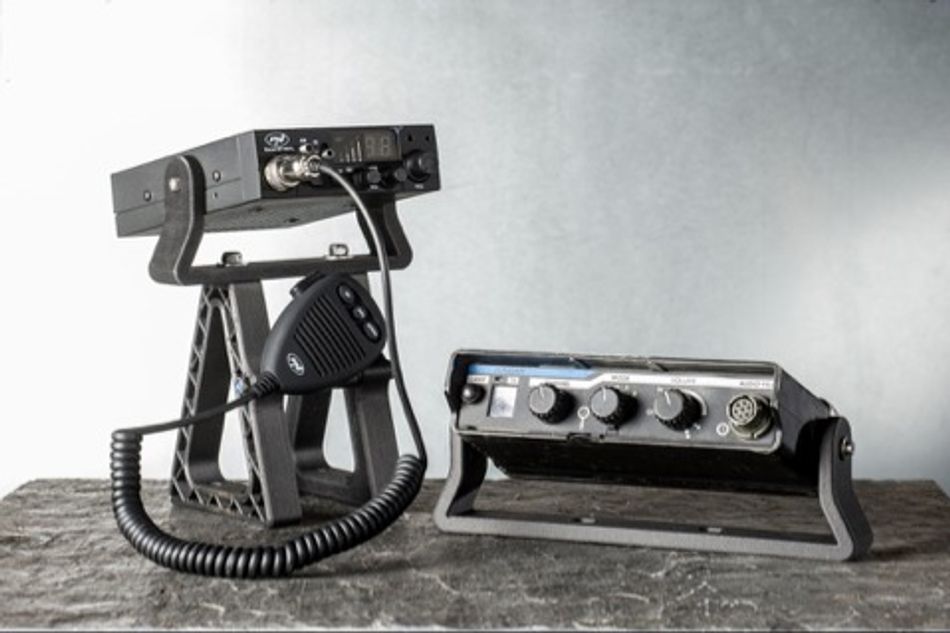How 3D Printing is Making an Impact in Defense
Militaries and defense organizations around the globe are increasing their adoption of 3D printing.
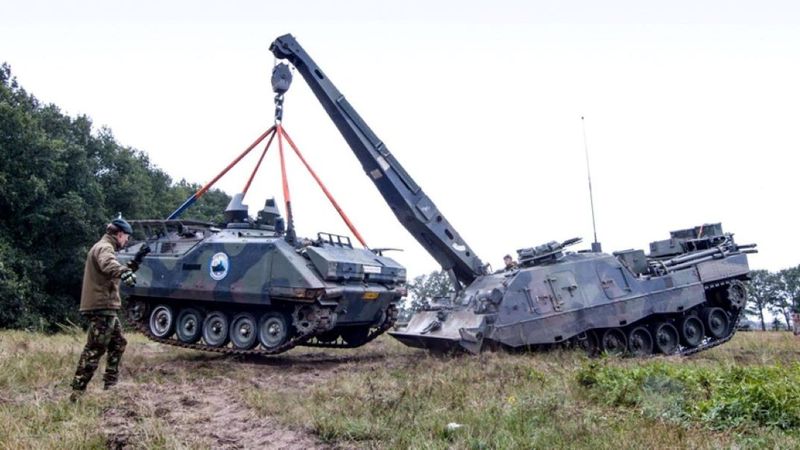
3D printing has been on the defense sector’s radar for over a decade.[1] However, it is only in recent years that additive technologies have matured to the point of enabling truly viable production applications for military adopters, and the potential is only just starting to be tapped.
Additive manufacturing technologies are well-positioned to improve several aspects of defense production processes. According to the U.S. Department of Defense’s Additive Manufacturing Strategy published in 2021, 3D printing has a number of benefits for the defense sector, including “modernizing national defense systems” through optimized AM design, producing innovative solutions and devices on the front lines and “increasing material readiness” through accelerated development and on-demand production of spare parts.[2]
In this article, we will be exploring how these benefits are being realized by militaries and defense groups around the globe, as well as how UltiMaker’s 3D printing solutions are ideally suited to meet the stringent standards and agility required in military applications.
3D Printing Applications in Defense
Applications in the defense and military sectors have been evolving steadily over the years, from rapid prototyping to various production applications that provide value in terms of efficiency, logistics, and safety. Below are the leading application areas for additive manufacturing in defense sectors around the world.
Spare Parts
One of the most game-changing applications for 3D printing in the defense sector is the on-site production of spare parts. Since 3D printing technologies can be deployed in remote locations or even on the front lines, the technology facilitates the production of replacement parts on demand. This has huge benefits when it comes to logistics and military supply chains. For one, troops deployed in remote locations are more self-sufficient when they can print parts they need on the go. This capability also eliminates the need to transport extensive inventories of spare parts; instead, troops must simply bring a 3D printer and materials to print the parts that they need when they need them.
At military bases, 3D printing technologies are also valuable for spare part production. For example, if a legacy vehicle or aircraft returns with a broken or defective component, engineers can reverse engineer the part and print it on site as a stop-gap solution while the actual part is sourced through a complex supply chain. In some cases, 3D printed parts are also viable to use as permanent replacements, which simplifies supply chains even more. This is thanks to advances in production-grade 3D printing materials, such as glass and carbon fiber reinforced polymers and metal filaments.
One example of leveraging 3D printing for spare parts production comes from France, where the French Army launched one of the largest military 3D printing farms in Europe in order to ease supply chain challenges caused by COVID-19. In total, 50 UltiMaker 3D printers were installed at the Ecoles Militaires de Bourges in April 2020 to produce spare parts for repairing systems and vehicles for external operations.[3] Today, the French military operates a fleet of about 200 UltiMaker 3D printers.
Naval units can also benefit from the ability to print replacement parts onboard ships. For example, one UltiMaker customer 3D printed a replacement cold water filter used on ships to filter sea water. Since the original filter broke down while the ship was on a mission, it was not possible to easily source a replacement using conventional methods. Using 3D printing, however, the crew was able to produce a functional replacement in a single day for only €30 (98% less than the original part) using UltiMaker PLA and TPU. The replacement part also ended up lasting longer than the original component.
Tools & Equipment Enhancements
3D printing has also proven to be a valuable manufacturing technology to military users when it comes to maintenance operations. As we saw above, spare parts play a big role in keeping maintenance and repair operations efficient, but 3D printing can also be used in other ways to streamline workflows and facilitate equipment maintenance, such as in the rapid production of custom tools and assembly aids.
The Royal Netherlands Air Force has turned to UltiMaker 3D printing to produce a series of custom tools for the maintenance of fighter jets, helicopters, and cargo planes. Maintenance operations to keep military aircraft in top condition can be complex, as aircraft tend to have unique or rare parts. With 3D printing on site, Dutch military maintenance crews have the ability to design and iterate custom tools, such as special caps to cover jet engine openings in transport, or adjustment tools for helicopter parts that dramatically simplify configuration. In many cases, custom tools can be 3D printed in a matter of hours, which accelerates maintenance times and saves costs associated with tool outsourcing.[4]
In another maintenance use case, a custom rotinor turbine wrench used to maintain an underwater transport system was 3D printed using a combination of PA CF10 and Igus’ iglidur I150-PF filament. While the original tool, made from steel, cost €1100 to manufacture and took 12 weeks of lead time, 3D printing brought the cost and lead time down to just €24 and 13 hours, respectively. Besides the time and cost benefits, 3D printing also made it possible to easily customize the tool, manufacture it on-site, and minimize the risks of system damage through the integration of the tribo filament iglidur I150-PF.
In addition to maintenance tools, 3D printing can be used on the front lines to rapidly produce components that enhance equipment capabilities. For example, troops can take the initiative to 3D print custom brackets for mounting GPS or radio communication systems in vehicles like motorcycles or quads. 3D printing makes it possible to adapt the brackets for different types of communication equipment and integrate features like microphone slots (as was the case with the 3D printed bracket pictured below). This capability not only helps reduce cost and lead times (in this case the 3D printed part was 80% cheaper than the conventional steel component and took only one day to make), it also empowers defense teams, as they iterate helpful products on an as-needed basis using materials fit for the toughest applications.
Medical Devices
The medical sector has been a key adopter of 3D printing and has benefited particularly from the technology’s ability to create patient-specific models and devices on demand. These same benefits also translate to the defense sector, where efficient medical treatment is imperative. Having a 3D printer on a base or in the field enables medical teams to rapidly design and iterate potentially life-saving devices, such as patient-specific surgical planning tools or customized prosthetics, even in remote regions.
Leveraging 3D printing in the production of medical models and devices is not only important to treat military personnel, it can also be deployed in disaster zones to ensure patients receive the care they need and are fitted with custom prosthetic or orthotic devices even when infrastructure and traditional supply chains have failed.
Technological Advancements and Innovations
In addition to the aforementioned applications, there are many cutting-edge research and development initiatives to advance additive manufacturing in the defense sector. Below are just a few examples of avenues that militaries and defense researchers are exploring for the use and optimization of additive technologies:
● High-performance protective gear and armor that leverages advanced 3D printed materials, metamaterials, and bio-inspired design.
● 3D printed shelters, barracks, and bunkers made using large-format construction 3D printing systems capable of building in-situ using locally sourced materials.[5]
● AI-driven software to enhance and further automate part design as well as increase the efficiency and consistency of production processes.[6]
UltiMaker Solutions for Defense
Finding the right 3D printing solution for defense applications can be a challenge, as military organizations have many considerations and requirements related to deployability, security, and quality. UltiMaker’s industrial desktop systems, which are now in use for several defense applications around the globe, are a viable solution for defense users seeking to exploit the benefits of 3D printing. For example, UltiMaker’s 3D printing systems—including the S series, Method series, and Factor series—offer:
● An enclosed and fully protected print chamber, which enables them to be used in challenging environments. (The Factor 4 features a triple-insulated build chamber.)
● Dual-extrusion capabilities for multi-material builds, easy-to-remove supports, or faster printing rates.
● A compact footprint, which facilitates the deployment of 3D printers to remote locations in the field or onboard ships.
● The option of a materials case that protects filaments and ensures materials are stored at the right temperature and humidity levels. (In the case of the Factor 4, the system has a built-in automated material handling system.)
● A high-level of security and IP protection, since UltiMaker machines and Cura software can be used without cloud connection; all designs and 3D prints can be saved within an organization’s own secure data bubble.
● Broad material options, including high-strength and high-performance filaments, such as carbon fiber reinforced polyphenylene sulfide (PPS CF), PET CF, Polycarbonate (PC), flexible TPU, and even metal filaments like Ultrafuse 17-4 PH. The UltiMaker Factor 4 is also compatible with over 200 third-party materials.
In addition to these technical advantages, UltiMaker is also a reliable partner for defense companies and organizations, and is committed to building long-lasting relationships with its clients and ensuring that all needs are met. The company even offers consultancy services that can help end users in the defense sector make the most out of 3D printing and discover innovative new ways of leveraging the technology.
Advancing Defense Goals
Ultimately, 3D printing technologies are empowering military organizations to achieve greater efficiency and accelerate innovation, both on bases and in the field. As in other industries like aerospace and automotive, the technology has proven to be uniquely capable of manufacturing critical replacement parts and equipment enhancements on location. In a military context, this is especially valuable as being able to produce components on the go improves operational readiness and ensures critical equipment is kept up and running.
As we’ve seen, this capability is also game-changing for military logistics and supply chains. Troops deployed in the field or Navy crews can benefit significantly from the ability to manufacture parts when they are needed rather than transporting a large inventory of spare parts or waste significant time sourcing parts through complex supply chains. This versatility means that defense teams simply have to transport a 3D printer and raw materials and can create a wide variety of parts on demand. All in all, additive manufacturing’s capabilities align almost seamlessly with the goals of military applications, with a notable emphasis on customization, adaptability, and innovation.
References
[1] Cheney-Peters, Scott; Hipple, Matthew. Print Me a Cruiser! [Internet]. U.S. Naval Institute, April 2013. https://www.usni.org/magazines/proceedings/2013/april/print-me-cruiser
[2] DoD Additive Manufacturing Strategy [Internet]. Department of Defense, January 2021. https://www.cto.mil/dod-additive-manufacturing-strategy/
[3] Tampi, Tarun. French Army Deploys Massive Military Print Farm for Spare Parts [Internet]. 3DPrint.Com, July 7, 2020. https://3dprint.com/269936/french-army-deploys-massive-military-print-farm-for-spare-parts/
[4] Royal Netherlands Air Force: Speeding up maintenance with 3D printed tools [Internet]. UltiMaker, 2024. https://ultimaker.com/learn/royal-netherlands-air-force-speeding-up-maintenance-with-3d-printed-tools/
[5] Riebeling, Alyx. New innovative Army effort builds 3D printed barracks [Internet]. U.S. Army, February, 2024. https://www.army.mil/article/274036/new_innovative_army_effort_builds_3d_printed_barracks
[6] Decker, Audrey. Air Force tests AI-designed, 3D-printed drones [Internet]. Defense One, June, 2024. https://www.defenseone.com/technology/2024/06/air-forces-mideast-drone-unit-eyes-stateside-element/397257/

